Explore the rich cultural heritage, religious practices, and daily life of the Maya civilization at Chichen Itza.
Chichen Itza was not just an architectural marvel but a vibrant center of Maya culture, religion, and society. The city's cultural significance extended far beyond its impressive buildings, influencing the entire Yucatan Peninsula and beyond.
The cultural landscape of Chichen Itza was shaped by:
Understanding the culture of Chichen Itza provides crucial insights into how this remarkable city was built, maintained, and eventually abandoned.
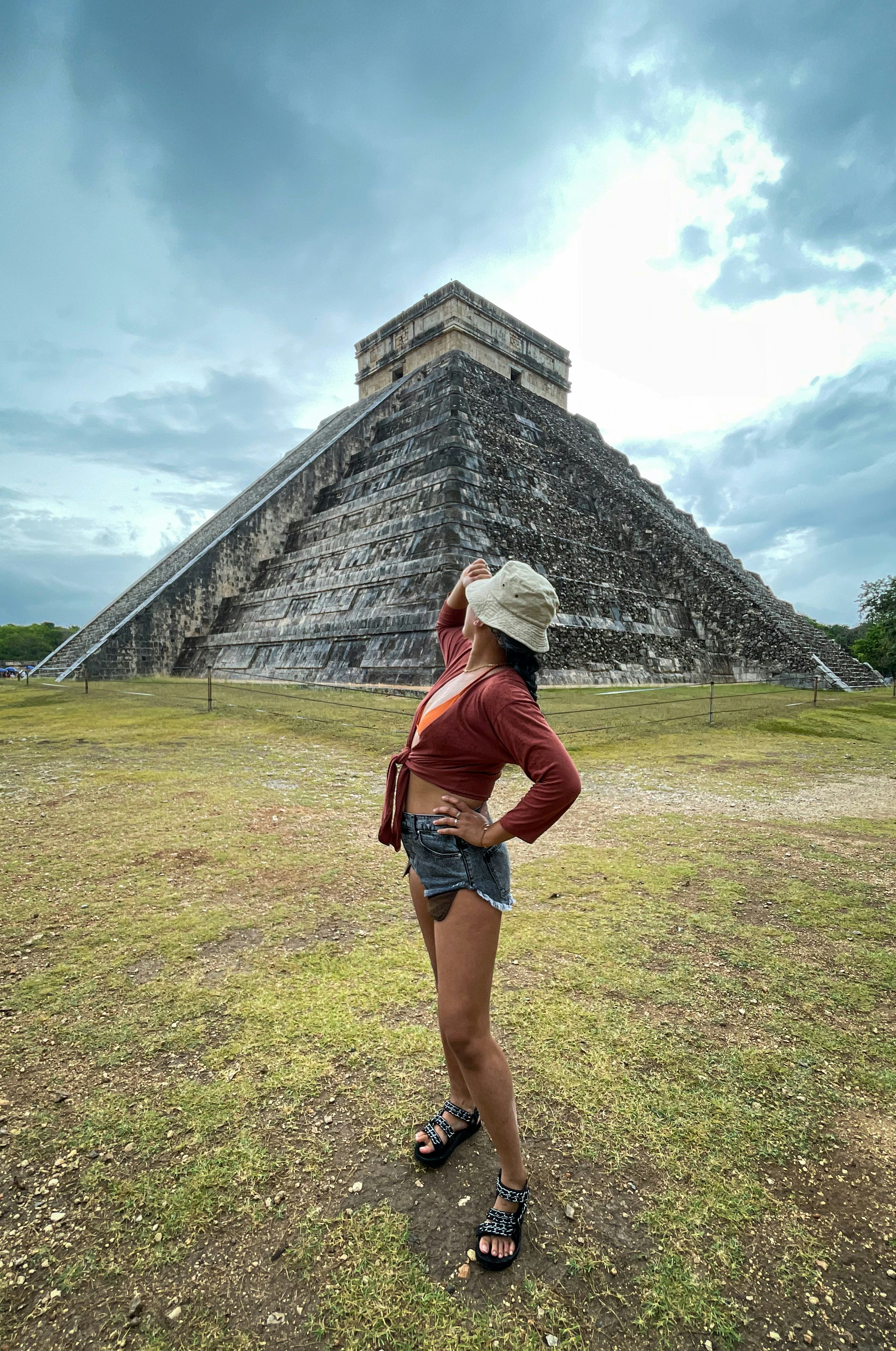
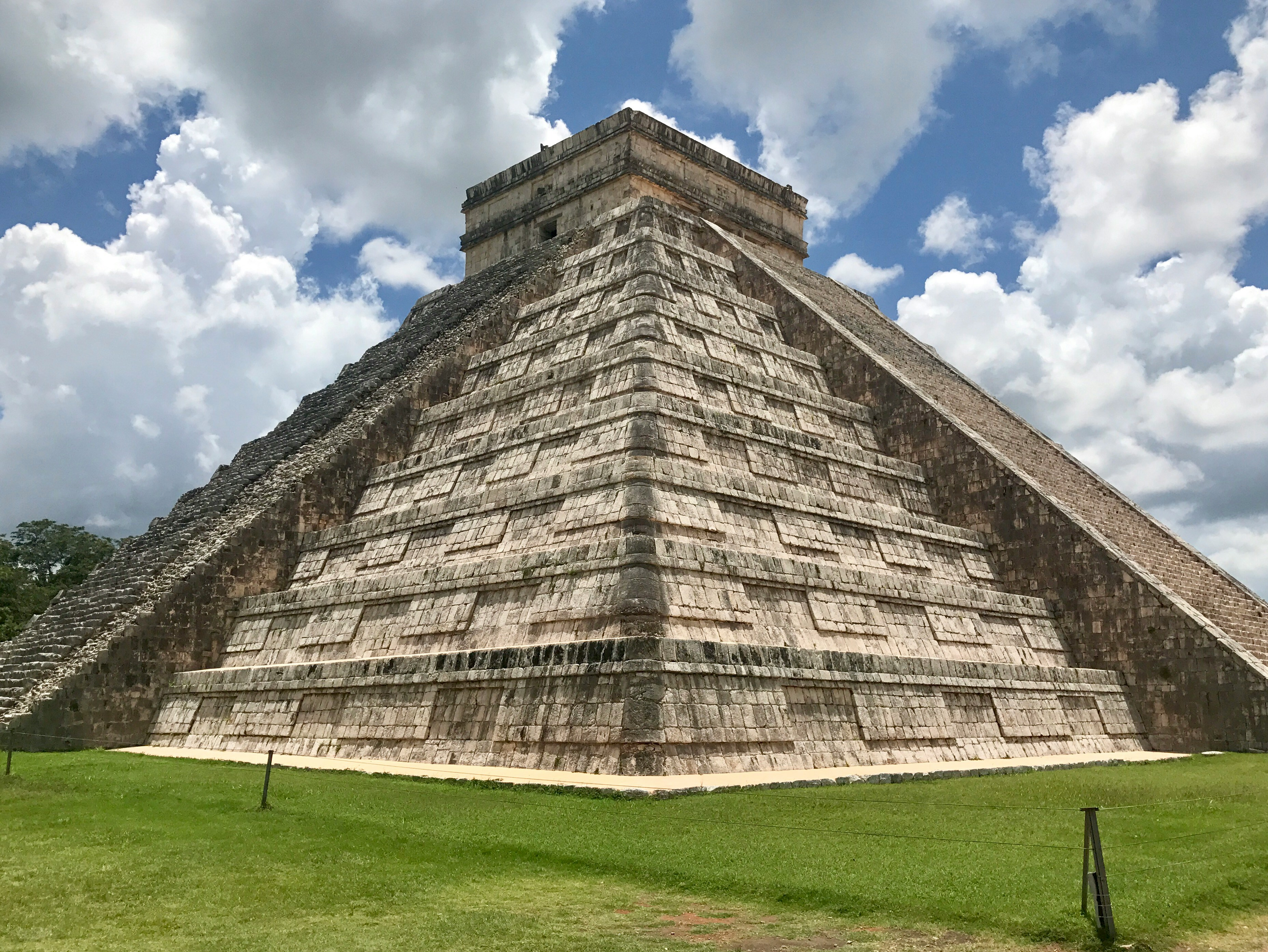
The Maya at Chichen Itza worshipped a complex pantheon of deities, each associated with different aspects of the natural world and human experience. Key deities included:
The Maya viewed the cosmos as having three main layers: the heavens, the earth, and the underworld (Xibalba). These realms were connected by the sacred ceiba tree, whose roots reached into the underworld and branches into the heavens.
At Chichen Itza, this cosmology is reflected in the architecture, with structures like El Castillo representing sacred mountains that connected these different realms.
The Sacred Cenote (natural sinkhole) at Chichen Itza was one of the most important religious sites for the Maya. It was believed to be an entrance to the underworld and a place where the rain god Chaac resided.
Archaeological excavations have recovered thousands of artifacts from the cenote, including jewelry, pottery, and human remains, indicating its use for ritual offerings and sacrifices.
The Maya followed multiple calendar systems, including a 260-day sacred calendar (Tzolkin) and a 365-day solar calendar (Haab). The intersection of these calendars created a 52-year cycle that was marked with elaborate ceremonies.
At Chichen Itza, the equinox phenomenon at El Castillo—where the setting sun creates the appearance of a serpent descending the pyramid—was likely the focus of major public ceremonies marking important calendar dates.
Human sacrifice was an important aspect of Maya religious practice at Chichen Itza. These sacrifices were believed to nourish the gods and ensure the continuation of the cosmic order. Evidence of these practices can be seen in the art and architecture of the site, particularly in the reliefs of the Great Ball Court and the Tzompantli (Skull Platform).
Sacrificial victims included war captives, slaves, and children. Methods of sacrifice included decapitation, heart extraction, and throwing victims into the Sacred Cenote.
The Mesoamerican ball game played at Chichen Itza's Great Ball Court was not merely a sport but a ritual with deep religious significance. The game symbolized the movement of celestial bodies and the struggle between the forces of life and death.
Wall carvings at the ball court depict the captain of the losing team being decapitated, suggesting that the game sometimes ended in sacrificial death—though scholars debate whether this was literal or symbolic.
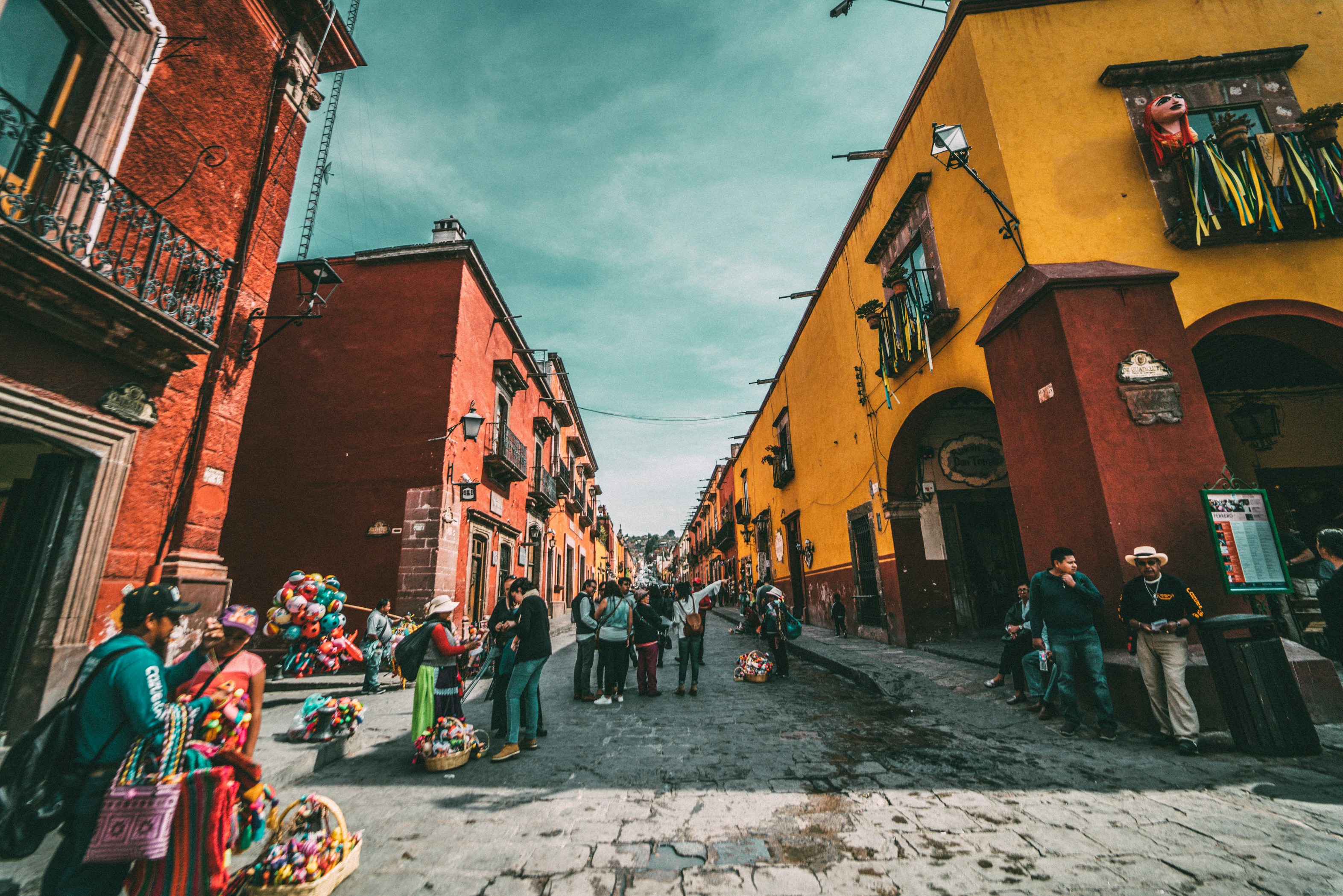
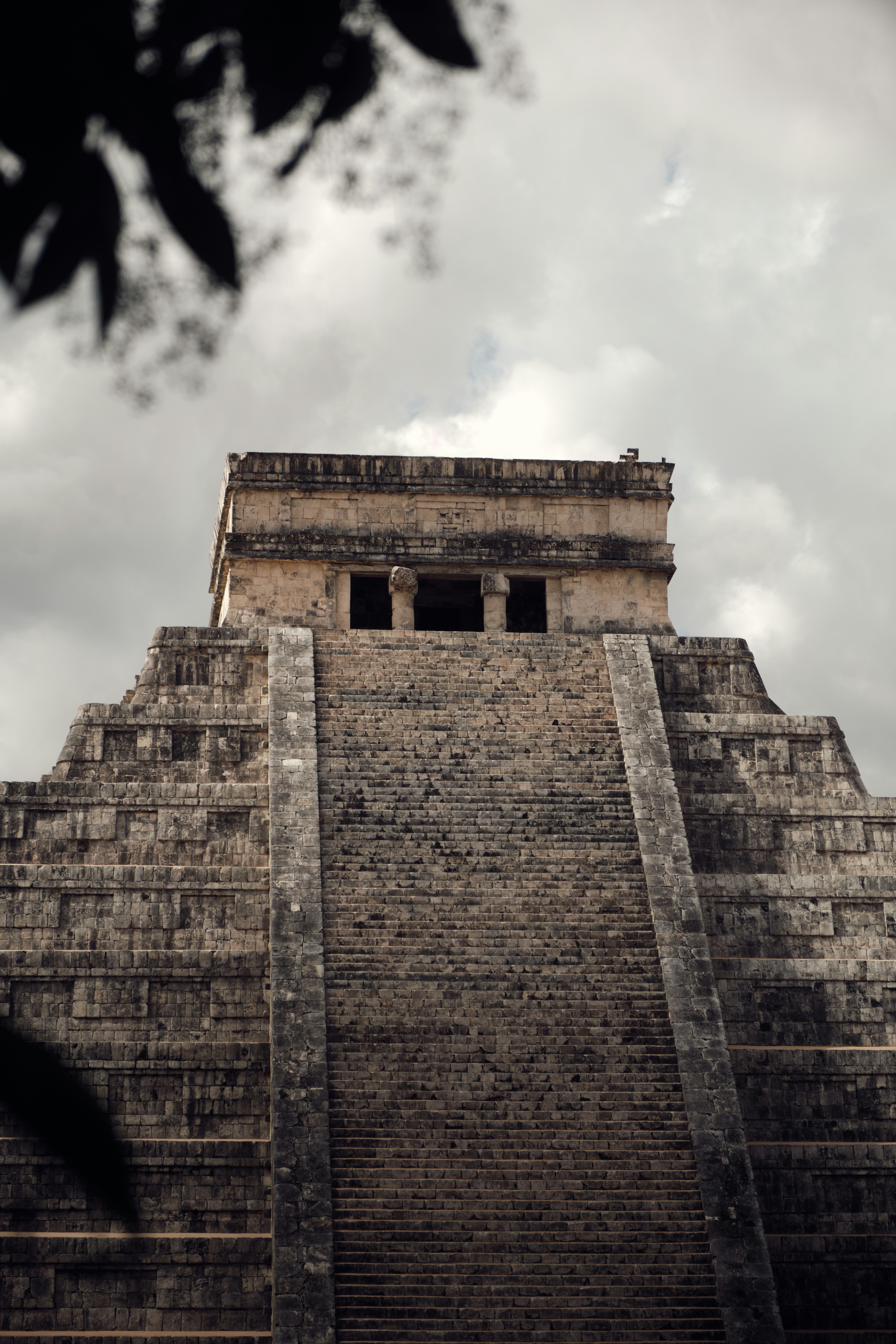
The stone carvings at Chichen Itza represent some of the finest examples of Maya artistic achievement. These carvings include:
Maya pottery found at Chichen Itza includes both utilitarian vessels and elaborate ceremonial pieces. These ceramics feature painted scenes of daily life, religious imagery, and hieroglyphic texts. The distinctive "Plumbate" pottery, with its metallic-looking glaze, was particularly valued during Chichen Itza's peak period.
Though less common than stone or ceramic artifacts, metal objects recovered from the Sacred Cenote include gold discs, bells, and figurines. These items demonstrate the Maya's skill in working with precious metals, often using the lost-wax casting technique.
The art of Chichen Itza frequently depicts:
While the elite lived in stone palaces, most residents of Chichen Itza lived in thatched-roof houses built on low stone platforms. These homes typically consisted of a single room with walls made of wattle and daub (interwoven sticks covered with clay).
The Maya diet centered around maize (corn), which was prepared in various forms including tortillas and a drink called atole. Other staples included beans, squash, chili peppers, and tropical fruits. Protein came from turkeys, deer, and fish from the cenotes.
Maya clothing was made primarily from cotton. Men typically wore loincloths and sometimes capes, while women wore simple dresses or skirts and huipils (embroidered blouses). The elite adorned themselves with jade jewelry, feather headdresses, and body paint for ceremonial occasions.
Formal education was primarily for the children of the elite, who learned reading, writing, mathematics, astronomy, and religious knowledge. Most children learned practical skills from their parents, with boys typically following their fathers' occupations and girls learning household skills from their mothers.
Maya medicine combined practical knowledge of herbal remedies with spiritual healing practices. Illnesses were believed to have both natural and supernatural causes. Shamans and healers used a variety of plants, including those with genuine medicinal properties, to treat ailments.
Beyond the ritual ball game, the Maya enjoyed music played on drums, rattles, and wind instruments made from clay and bone. Dancing was an important part of both religious ceremonies and social gatherings. Children played with toys like clay whistles and miniature figurines.
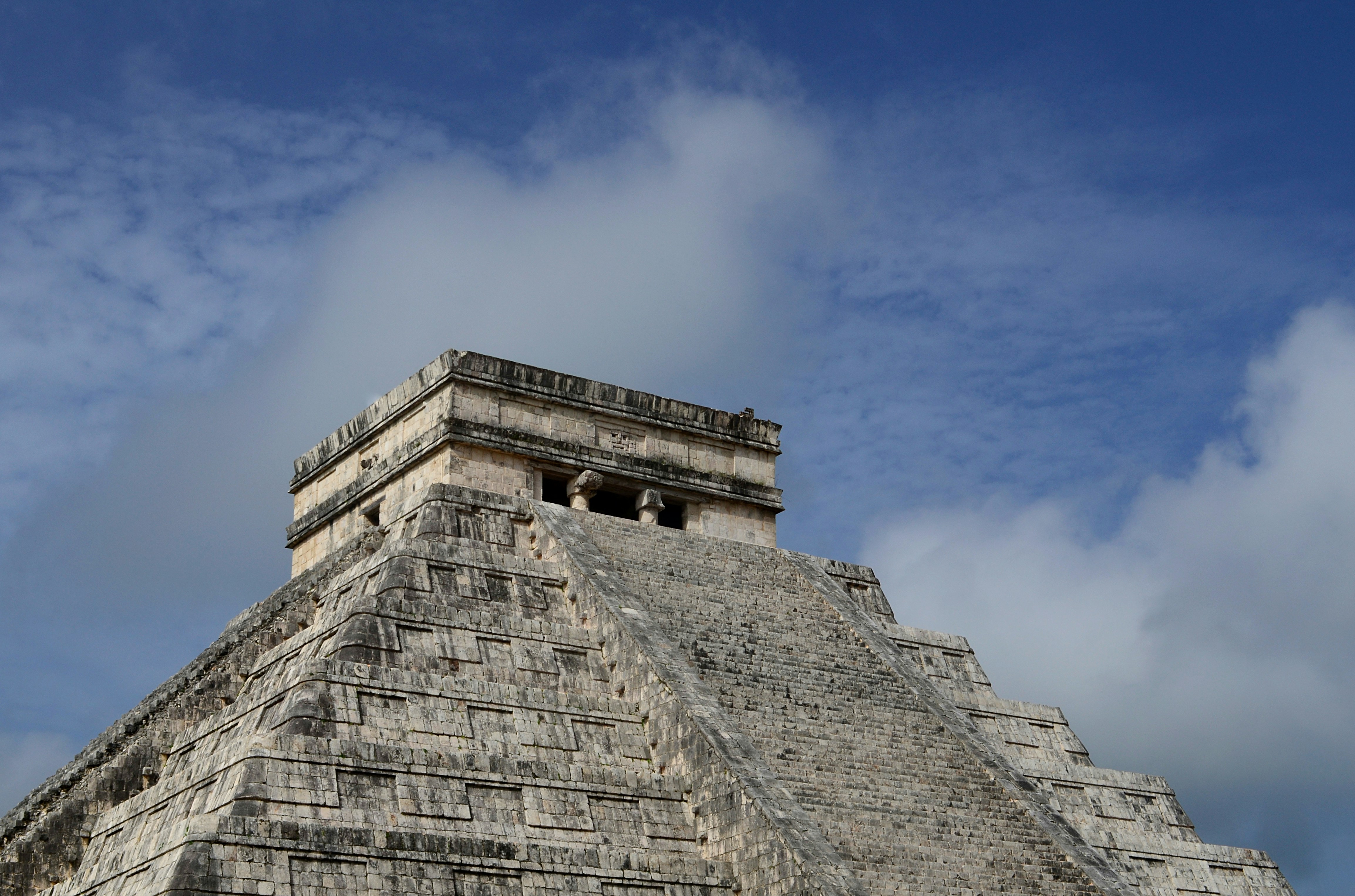
The Maya at Chichen Itza were accomplished astronomers who carefully tracked the movements of the sun, moon, planets (especially Venus), and stars. El Caracol, the site's observatory, was designed with windows that align with specific astronomical events, allowing priests to make precise observations.
These astronomical observations were used to create accurate calendars, plan agricultural activities, and time religious ceremonies.
Maya mathematics was highly advanced for its time, featuring a vigesimal (base-20) number system and the concept of zero. The Maya used this mathematical knowledge for:
The Maya hieroglyphic writing system was one of the most sophisticated writing systems in the ancient world. It combined logographic symbols (representing words) with phonetic elements (representing sounds).
At Chichen Itza, hieroglyphic inscriptions record historical events, astronomical data, and religious concepts. Though fewer inscriptions exist at Chichen Itza compared to some other Maya sites, those that do exist provide valuable insights into the site's history and culture.
The construction of Chichen Itza demonstrates sophisticated engineering knowledge, including:
Despite the centuries that have passed since Chichen Itza's decline, aspects of its cultural heritage continue in the traditions of modern Maya communities in the Yucatan Peninsula. These include:
Chichen Itza's designation as a UNESCO World Heritage Site and one of the New Seven Wonders of the World recognizes its outstanding universal value to humanity. The site attracts millions of visitors annually, contributing to global awareness of Maya culture and achievements.
Archaeological and historical research at Chichen Itza continues to reveal new insights into Maya culture. Recent technologies like LiDAR (Light Detection and Ranging) scanning have helped identify previously unknown structures and settlement patterns around the main ceremonial center.
Chichen Itza and Maya culture more broadly have influenced contemporary art, literature, film, and music. While some of these representations perpetuate misconceptions (like the 2012 apocalypse theories), others have helped foster appreciation for the sophistication and achievements of Maya civilization.
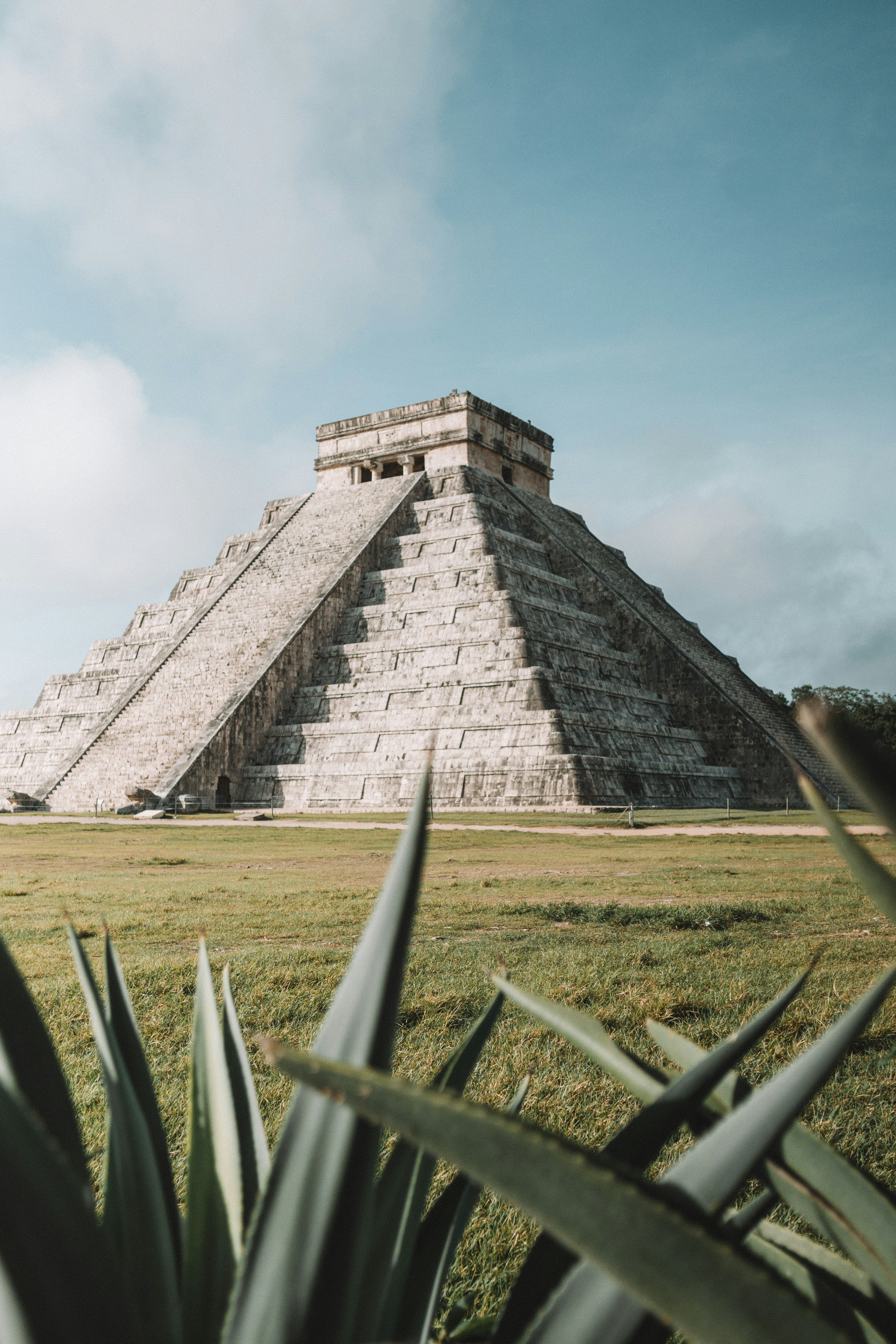
Discover the architectural wonders and historical significance of this ancient Mayan city.
Explore Architecture View Gallery
Social Structure and Governance
Social Hierarchy
Maya society at Chichen Itza was highly stratified, with distinct social classes:
Political Organization
The political structure of Chichen Itza appears to have differed from the traditional Maya model of a single divine ruler. Some evidence suggests a more collective form of leadership, possibly involving a council of nobles or a dual rulership system.
The prominence of military imagery at the site indicates that military prowess was an important aspect of political power during Chichen Itza's peak period.
Economic Systems
Chichen Itza was a major economic center, controlling trade routes across the Yucatan Peninsula. The city's economy was based on: